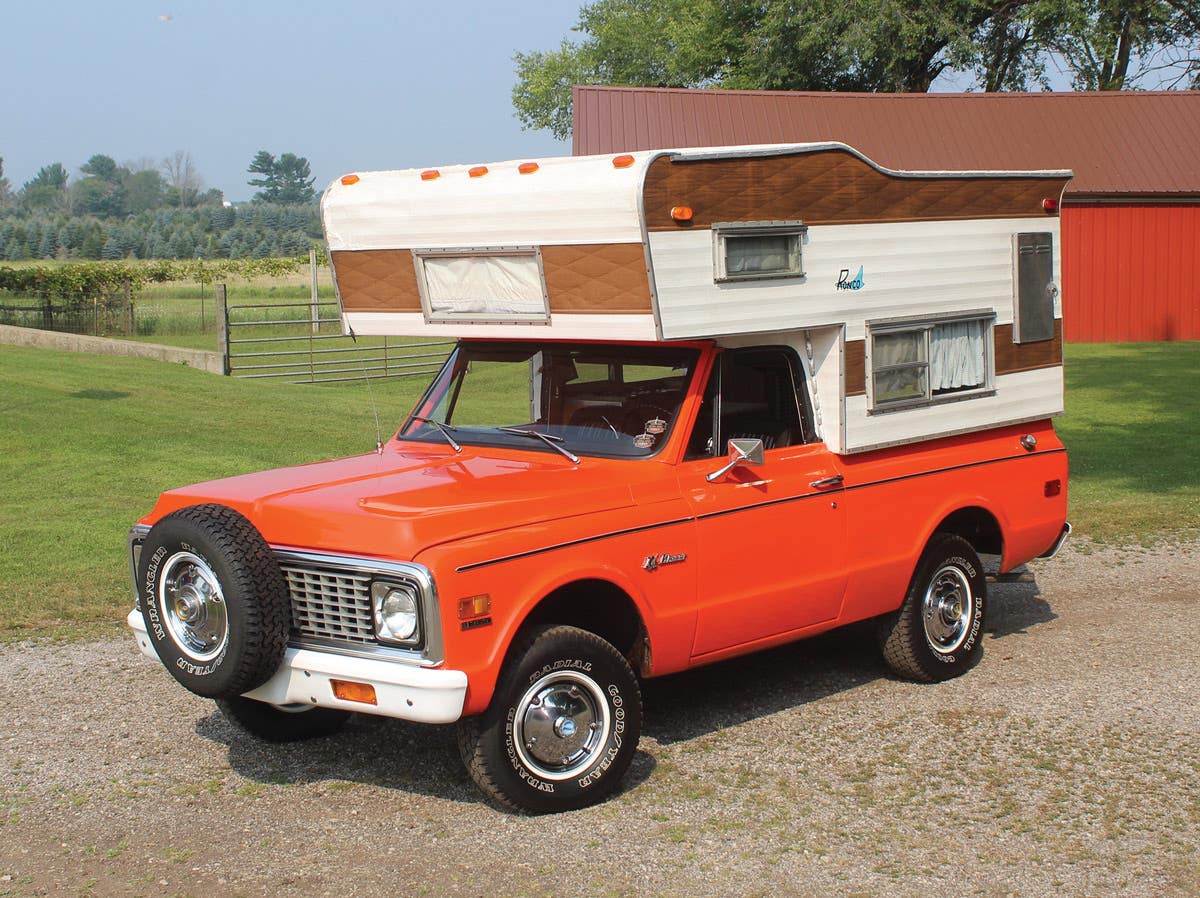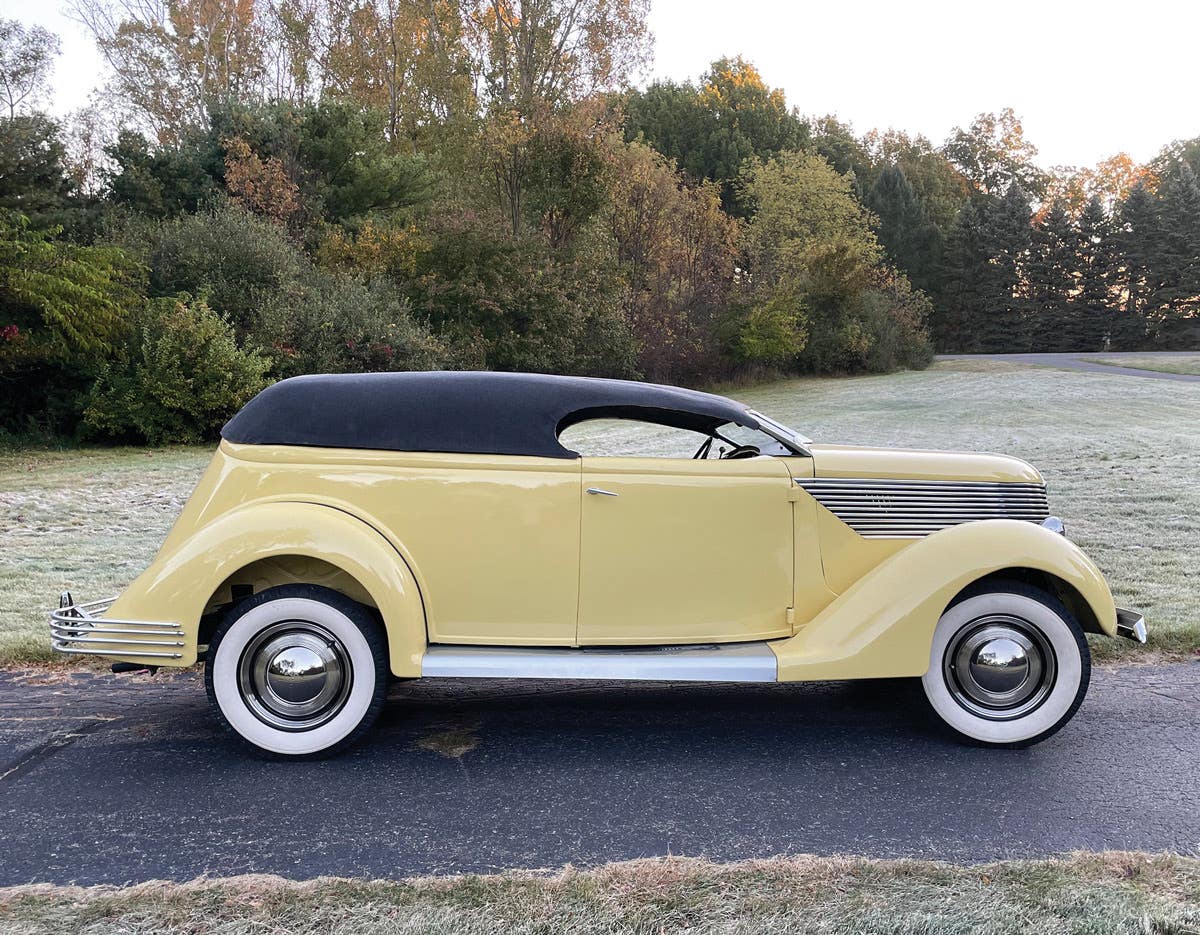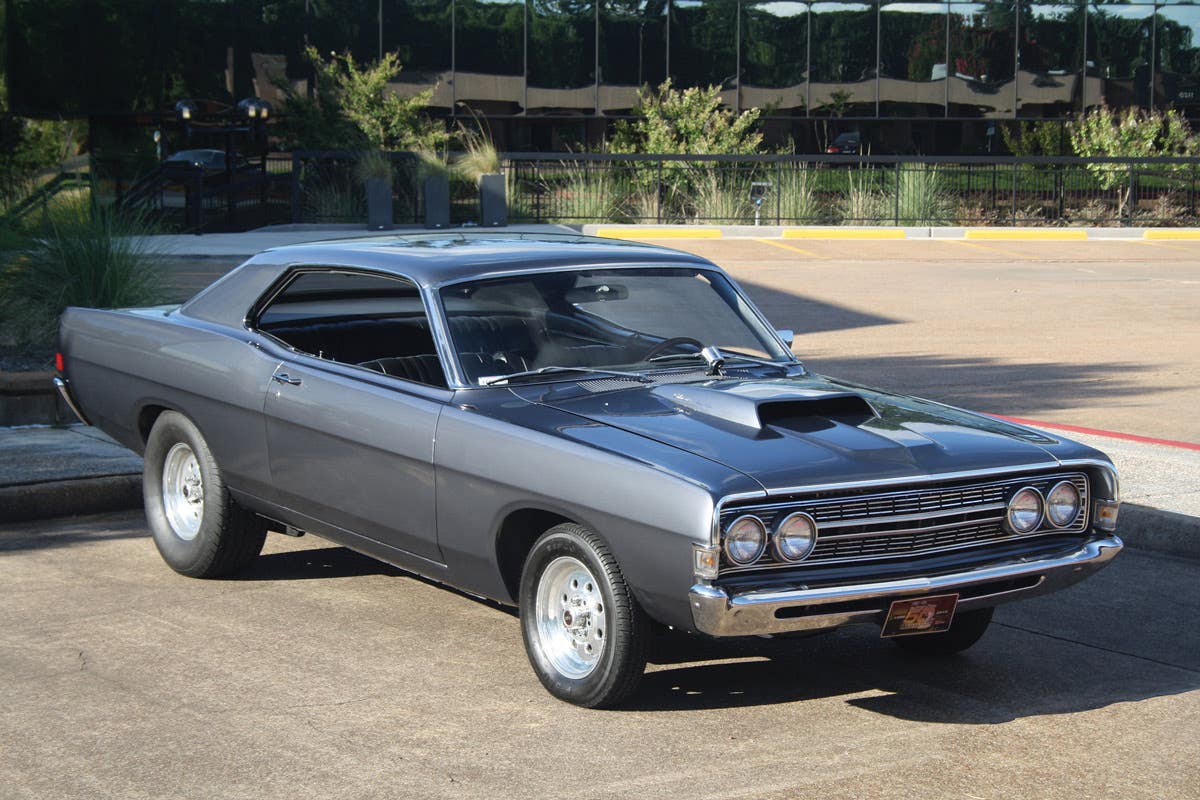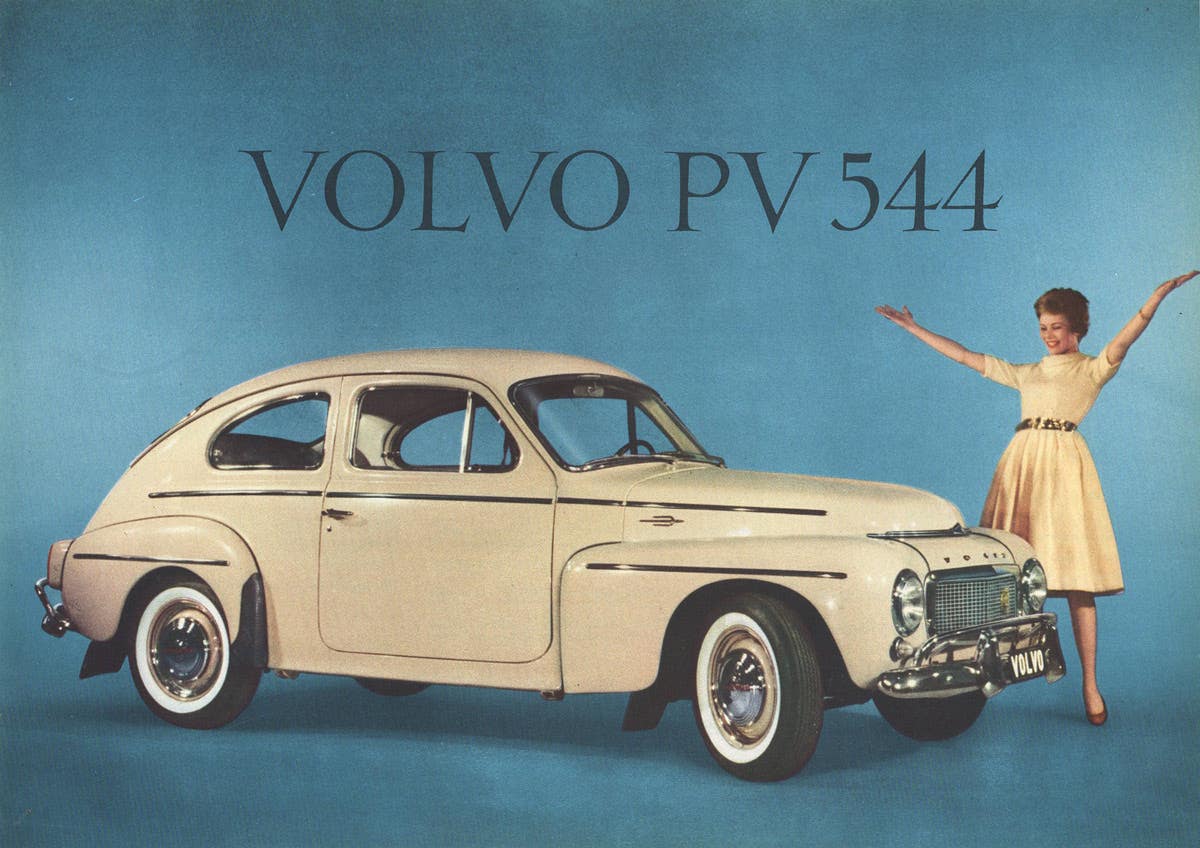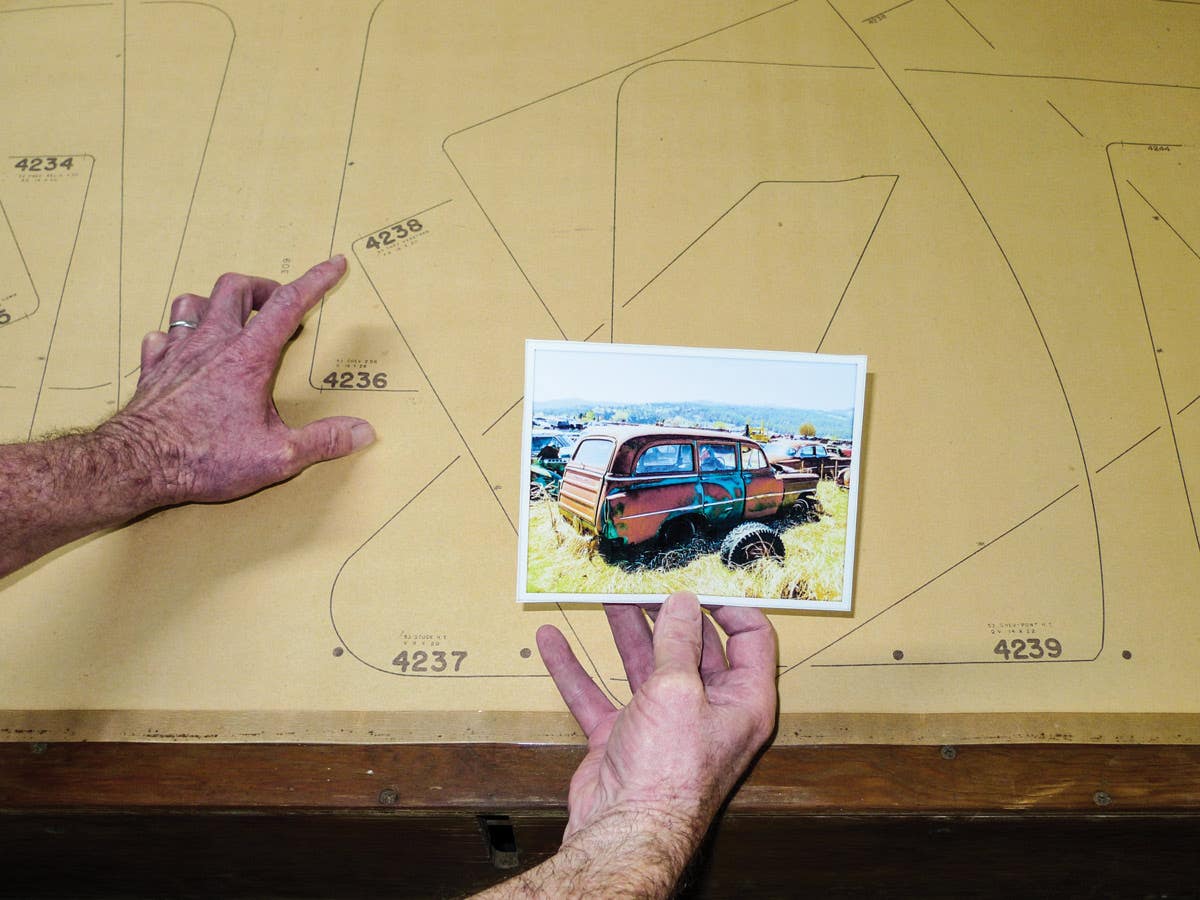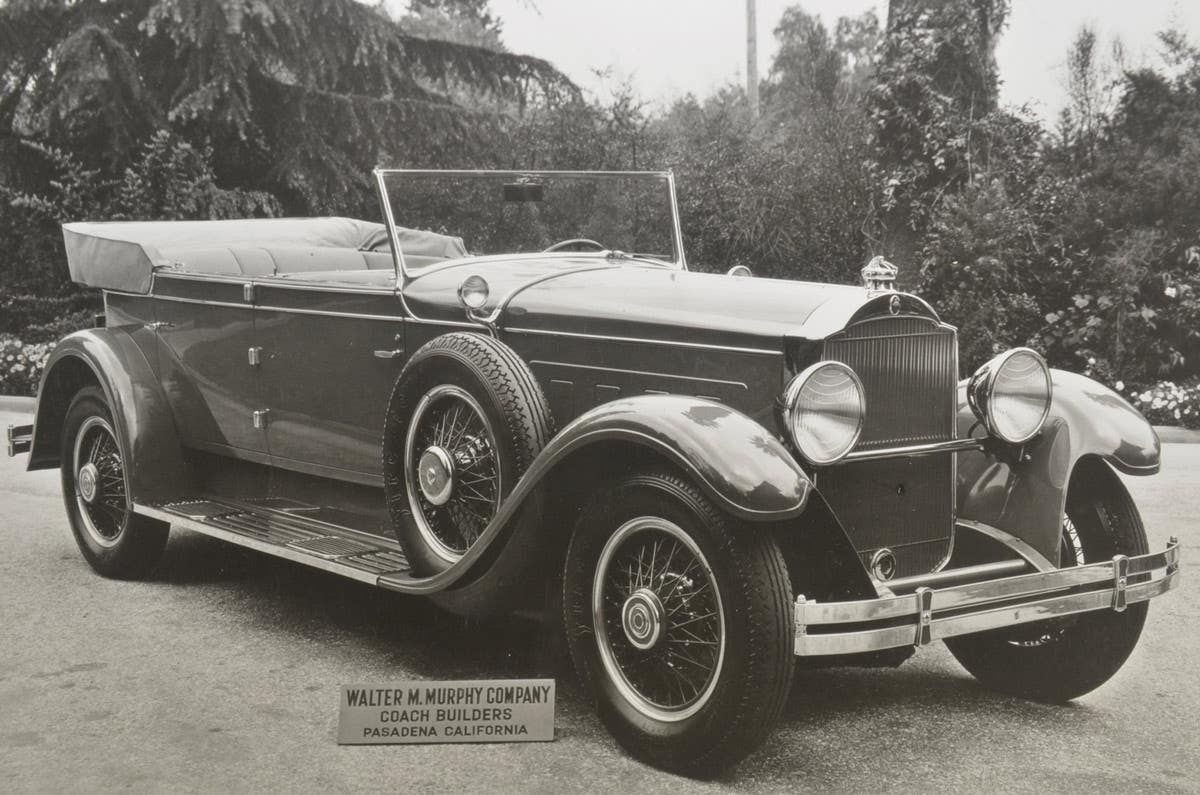Americans have always loved luxury cars
Even in the early days, there was always a place for the American luxury car.
Stanley steam cars were renown among early
luxury carmakers.
It’s no surprise that a luxury car in the early 1900s did not exhibit the same appearance and features of the late 1930s. But what might surprise you is that similar virtues carried through, regardless of decade.
Similarly, it wasn’t high price that distinguished an automobile as a luxury vehicle. Fit, finish, dependability, performance, roominess, and quality were among the main virtues.
Examine nearly any publication before 1905 and you will discover the high interest level on European cars. Mechanically, the De Dion-Bouton engine and body styling were adored by many early American inventors. The engine especially was sturdy and reliable, constructed to fit the dimensions of converted horseless carriages and specially made four-wheeled vehicles based on low-to-the-ground principles.
Albert de Dion in France gets the credit for that impressive influence as early as the 1880s. Georges Bouton and his brother-in-law joined in the automotive effort on the European continent. Initial De Dion engines were steam powered. By 1890, the internal combustion principle dominated the design.
Since American car development lagged behind European advancements by several years, inventors in the New World looked to Old World ideas in motorcar construction. But that did not last.
Those French cars held special magic over luxury carmakers sprouting in America in those early years of automobile industrialization. French cars had “mechanical refinement which forgets the balance between outlay and pecuniary returns in its zeal for niceties of construction,” reported The Automobile and Motor Review magazine in 1902.
The lag in development was only momentary, the magazine noted: “America is not likely soon to rival the French in the construction of racing cars, for the costly refinements by which every superfluous pound of metal is eliminated do not go well with American systems of manufacture. But may not the same…qualities that go into the production of gasoline and steam runabouts by the thousand, at prices below what would be possible abroad, stand this country in good stead in solving the problems of commercial transport?”
Indeed, road conditions and operating tolerances were different on American roads when compared to French byways. France did not have the Rocky Mountains and was not divided by huge rivers such as the Missouri and Mississippi. The Mosel River, one of the main waterways through France and Germany, was considered a moderate-size river in the United States. Still, for France, it was a main mode of water transport. Even more pronounced was the great expanse of land in America, with far ranging temperatures. Open stretches included roads through the hottest deserts in the world.
American towns and villages were more spacious than European sites, which allowed for wider streets and larger cars. It also allowed for less regulation of cars early in the industry’s rise. People were more forgiving if they had the space to be generous in sharing the road with gas-belching, steam puffing, or battery-fumed personal vehicles.
Electricity powered a fair number of luxury cars before 1920. These usually were tiller-driver conveyances with a driver’s seat that swiveled. Thus, it was easier to simply reposition the driver than to turn the car in another direction. Ladies liked the high-hat space of an electric. And steam was also a power source preferred by enough people to support several carmakers of that ilk. The best known was Stanley, the dream of two twin brothers who quietly and carefully masterminded one of the most memorable companies of its type.
By 1910, cars took on a thoroughly American appearance, although there were still reflections of French and even German design. Those early luxury cars did not always have tremendous wheelbases. One-hundred inches was a convenient stretch in the earliest days, although there was little standardization among manufacturers, so varying lengths approached or surpassed that amount. By 1920, a luxury car was l-o-n-g, taking as much as 17 or more feet for parking. By 1930 that went even higher. By 1940, luxury cars had needed a parking space at least 20 feet long, in select cases even a few feet longer.
Back then, the word “luxury” conveyed the idea of quality. Painting of car bodies involved brushing on varnish-type colorations over formed wood. Craftsmen could prepare the batch to the exacting consistency that made the brush strokes blend without leaving many lines. Hand sanding or buffing followed. This took place several times for each coat allied, until depth of shine and smooth finish was up to the carmaker’s standard. Each time the drying process usually took days to complete.
So when a deep finish was put on a car, it meant tedious reapplication with subsequent use of space. This slowed production. It meant cars took up space for a prolonged time. With manpower, slow results, and space utilization all tabulated, this raised the price of a new car. It wasn’t until faster drying, deeper shining paints were developed that the price of this process diminished.
So luxury meant a rich, deep shine that evoked the envy of neighbors.
High standards of quality control were attained through rigid inspection by experts. Then came final assembly. After that followed a test period leading to break-in. Indeed, many early cars had a small number of miles on them at the time of delivery to a new owner, since adjustments and part replacements were common. All this added to the cost of a luxury car.
Early in car history, it was the mark of a prestigious luxury carmaker to brag about making all major parts in its factory. This was to assure quality control, so the thinking went. It also carried a certain amount of assurance for the buyer. If John Q. Public, Esq., knew that the luxury carmaker of his choice also manufactured the engine, he knew they would stand behind its performance and dependability.
In the 1920s, with many small auto companies producing assembled cars via special-ordered shipments of components from various vendors coming together in the carmaker’s factory, the idea of standing behind an engine seemed to evaporate. The Moon Motor Car Company, for example, indicated in its owner’s manual in the mid-1920s that complaints about performance or the need for replacement of a major system on the car should be directed to the company that made that part. Since engines were supplied to Moon by Continental, the owner of a Moon car would have to see a representative from Continental to make good on a bad engine.
The same held for the Locheed hydraulic brake system. Moon’s idea was to have the car owner go directly to the company that was capable of a fast and reputable fix. This seemed to ease the financial responsibility on Moon. In reality, it hurt it.
Luxury car buyers tended to stick with companies that were proud of an established reputation and exhibited a keen sense of service.
When Cadillac succeeded in rising into the luxury field by 1915, it proudly took care “of its own” by offering complete quality control over all major systems. That included replacement through approved facilities. This made it vitally important for Cadillac to have dealerships with well-stocked service departments in key locales throughout America.
Packard and Pierce-Arrow did likewise. In fact, most luxury carmakers followed the trend unless their production was 1,000 units or less per year or they simply did not have the network support system.
In the 1930s, luxury cars sported metal bodies with a much smaller degree of structural wood framing, even on the highest-priced luxury cars. There were a few holdouts, such as Packard Twelves, that were produced as late as 1939. Cadillac’s V-12s and V-16s were also masterpieces in fit, finish, and overall craftsmanship, but some might argue these were not quite as extravagant as luxury versions a decade previous. Still, these magnificent multi-cylindered machines of the late ’30s were “super-classics,” if there is such a word.
Luxury carries a price. It always has, and that price reached from modestly high to astronomically unbelievable. On the high end, some Duesenbergs of the 1930s could be ordered with a custom body for $8,000-$10,000. That was a fortune in an era when the same amount could buy 20 or so new Fords or Chevrolets!
Even so, the American Rolls-Royce made in Springfield, Massachusetts, and sporting bodies by the revered name Brewster, could be purchased for as much as $20,000 which was double the price of some of its most memorable competitors. Engines were quiet, conservative overall in performance, and highly reliable. Rolls bragged that its cars never broke down.
Assurance. Peace of mind. Relaxing ride. Quiet. Impressive. Delightful. Costly. Real lookers. Fun. Fulfillment. An office or living room on wheels.
That was luxury.
CLICK HERE to tell us what you think in the Old Cars Weekly Forums



